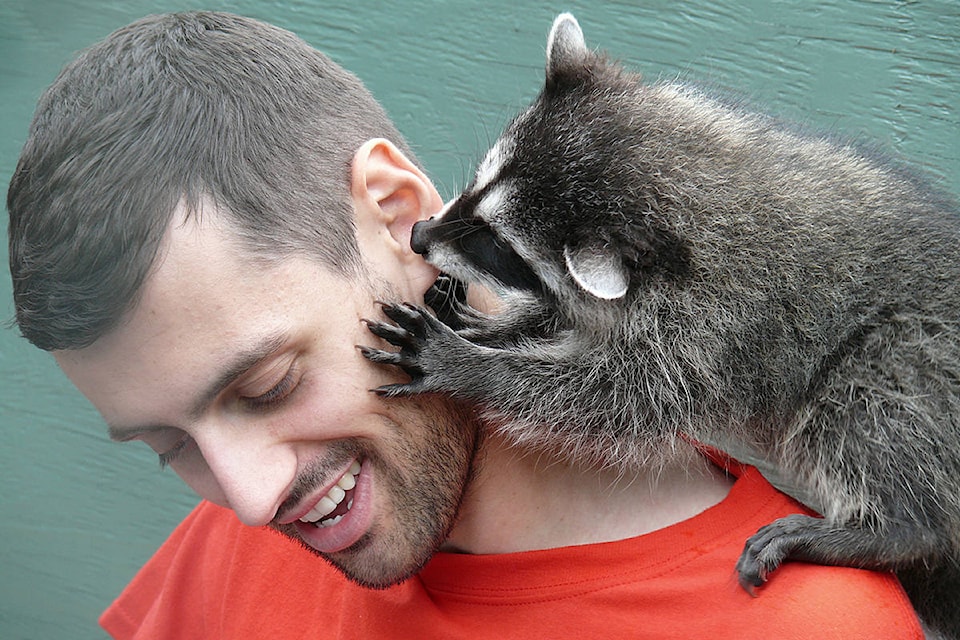A plea has gone out for animal lovers who want to co-parent some of the wildlife being rehabilitated in Langley this fall and winter.
Critter Care Wildlife Society relies heavily on volunteers to care for the plethora of animals – everything from black bears and river otters, to beaver, skunks, raccoons, squirrels, and fawns – that come in to care at the 216th Street facility during the year.
The non-profit charity rehabilitates injured and orphaned native wild mammal species. Since its inception in 1984, the centre has seen a steady growth, year after year, in the numbers of animals that come into care. And according to a plea issued on Facebook, there are more than 2,000 animals a year now admitted – about 75 to 80 per cent of those being babies.
Like so many organizations, Critter Care has felt the direct impact of COVID. Due to the pandemic, the participation of dozens of out-of-country interns is virtually impossible, said founder Gail Martin.
In past, the centre has relied heavily on people from around the globe who commit to living on site for a minimum of a month – usually more - to tend to and often co-parent orphaned wildlife. Their duties have included feeding and caring for the animals as well as attending wildlife rescues.
It’s an opportunity to gain valuable insight on conservation and rehab for native mammal species, Martin said.
To help work around COVID, and the limitations imposed on international travel, the centre also offers what it calls a co-op program – which facilities the participation of local people, Martin explained.
While the internships are offered to people who lives on site full-time temporarily to provide around-the-clock care for animals, those taking part in the co-op program do not live on site.
The co-op students, however, must dedicates to working four to five days a week (8:30 a.m. to 6:30 p.m.) to assist with day-to-day tasks and animal care.To find out more about the commitment required, visit the organization’s website.
During a “co-op-ship,” participants typically raise the animals – many from a few weeks old – and must also assist in the care, feeding, and supervision of the animals. They are also required to go on various rescues, and sometimes, Martin said, they have the option to go on a release and watch their grown babies get introduced into the wild.
“From our experience, interns gain valuable experiences working with our wildlife which sets them up for success in almost any industry they wish to pursue,” she added.
Spring is their busiest time of year, in baby season they typically have up to 25 interns and 10 co-op to care for hundreds of baby animals. But help is needed year-round.
“Critter Care is a charity and is not government funded and we solely operate off the generosity of our volunteers and sponsors,” Martin said.
”Critter Care has become a much-needed public service to the community, we slowly developed an education program for youth to teach them the fundamentals of our wild native mammal species and how we can coexist with wildlife. Young people love this program as they get to see a wild animal up close and learn basics skills not taught in schools.”
For more information about their programs and services, people can visit the Critter Care website.
.
________________________________
Is there more to this story?
Email: news@langleyadvancetimes.com
Like us on Facebook or follow us on Twitter
_________________________________
